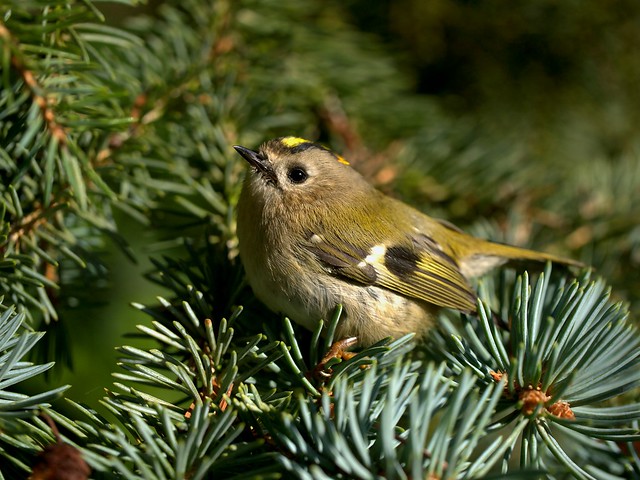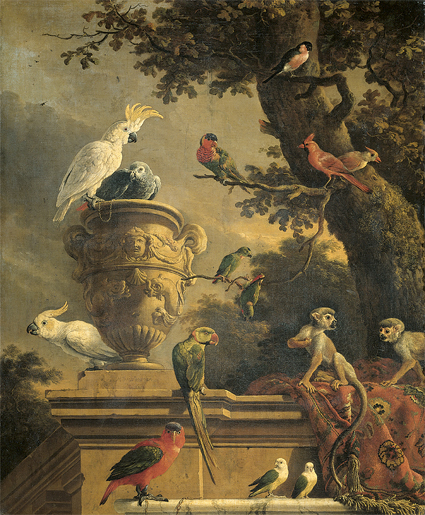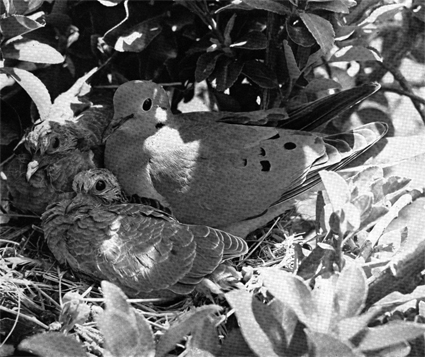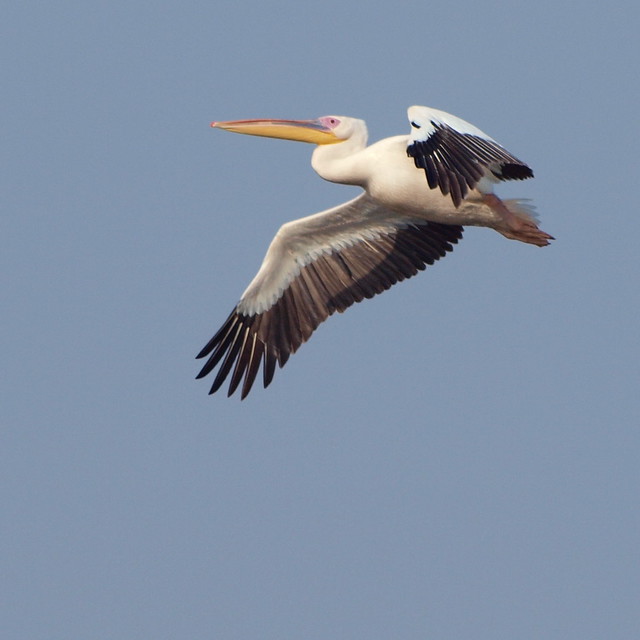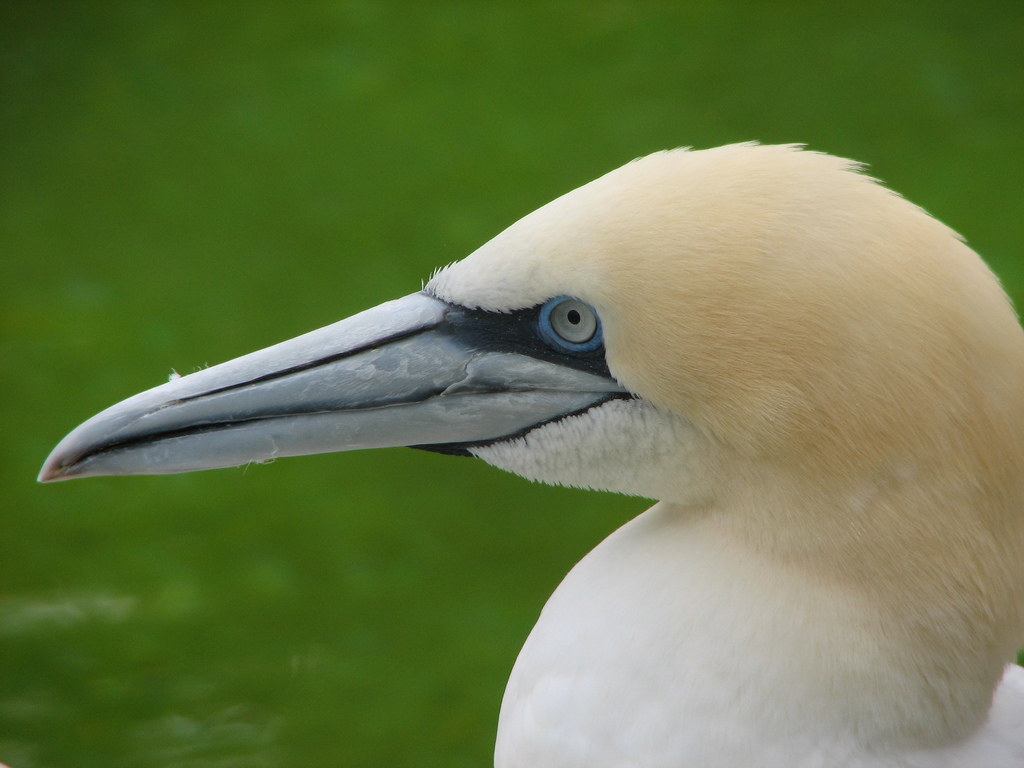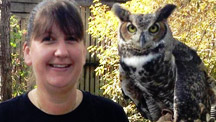Yesterday a team of paleontologists from the Netherlands’ natural history museum Naturalis traveled to Mauritius on a new expedition. During previous expeditions the Dutch team discovered a mass grave of Dodo bones and they are returning to the site to do more intensive research. Within the bones that were previously discovered, two distinct different sizes of birds can be identified. This indicates more than one species of Dodo.
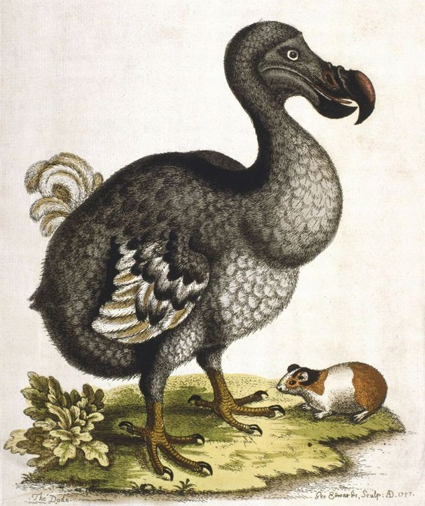
Scientists from Naturalis and the Natural Heritage Fund Mauritius speculate the Dodo may have experienced adaptive radiation, similar to what occurred with finch species on the Galapagos Archipelago. The difference in the found Dodo bone sizes might also indicate a difference in the size between males and females of the same species. The smaller bones are not likely to be from young birds as the birds matured to adulthood after a year. The team of scientists hopes to answer the question during their expedition.
During the initial discovery of bones on Mauritius in August 2007, a total of 80 large sacks of material was removed from the site. So far half of the material has been inspected. Besides a great number of Dodo bones, material from other animals and plants was also found in the mass grave.
The cause of death for the animals whose remains were found in the mass grave is still a mystery. After the current expedition, in July 2009 the grave will be further dug out.
The team will keep a weblog during their expedition, a portion of which is available in English.
Source: Op zoek naar meer dan één soort dodo
Share the birds, share the love!
